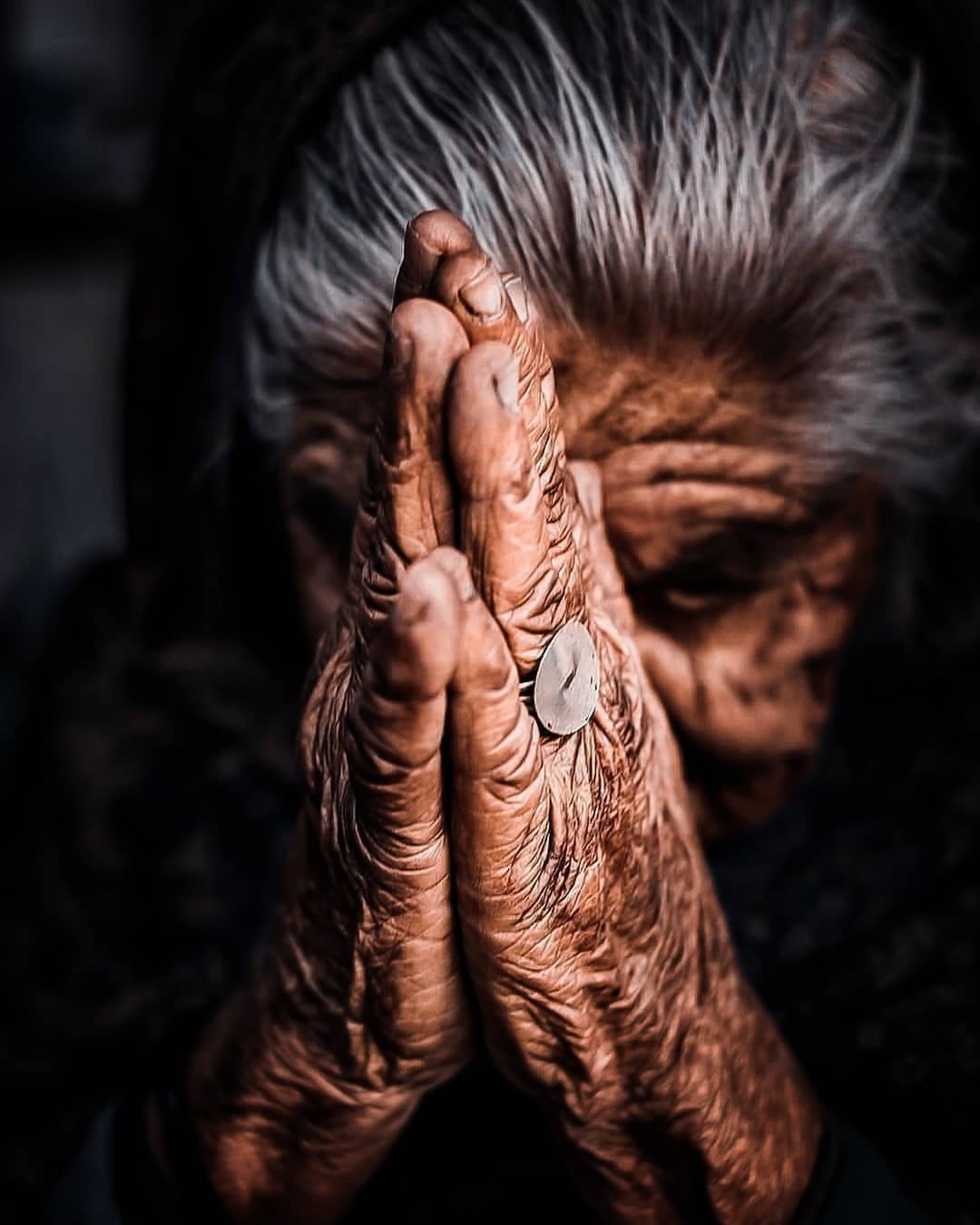Faith as a Bridge between Different Cultures and Religions
In today’s world, characterized by globalization and increased interconnectivity, the need for understanding and acceptance between different cultures and religions has become more important than ever. Often, the differences in beliefs and practices can be a source of conflict and division, leading to misunderstanding and prejudice. However, there is one powerful element that has the potential to build bridges and foster peace among diverse communities – faith.
Faith, irrespective of the religious or cultural context, is a deeply personal and intimate belief system. It provides individuals with a sense of purpose, meaning, and belonging. While faith may manifest differently, at its core, it encourages individuals to strive for the greater good, to foster compassion, and to seek unity among all human beings. Thus, faith possesses the potential to transcend cultural and religious boundaries, becoming a unifying force between different communities.
One way faith acts as a bridge is through its shared ethical values. Despite differing doctrines and rituals, many religions endorse concepts such as compassion, honesty, forgiveness, and justice. These universal values provide a common ground for dialogue and cooperation, enabling people from different backgrounds to come together for the betterment of society. Communities can work collaboratively to address issues such as poverty, inequality, and violence, guided by their shared belief in the value of human life and dignity.
Furthermore, faith encourages individuals to practice empathy and understanding towards those with different beliefs. Most religious teachings emphasize the importance of respecting and valuing the diversity present in our world. Through faith, we learn to appreciate the richness brought forth by different cultures and religions. Rather than viewing these differences as divisive, faith inspires us to recognize and celebrate the unique contributions each group brings to the collective human experience.
The concept of faith as a bridge between cultures and religions also extends to the realm of interfaith dialogue and cooperation. Interfaith initiatives aim to promote understanding, respect, and collaboration among different religious communities. These platforms provide an opportunity for individuals to engage in open and honest conversations, learning from one another’s perspectives and experiences. The emphasis on dialogue and mutual respect helps to dismantle stereotypes, dispel prejudices, and build trust between diverse communities.
Moreover, faith can serve as a powerful tool in resolving conflicts and reconciling differences. When faced with conflict, people often turn to their religious or spiritual beliefs for guidance and solace. Faith can infuse individuals with a sense of hope and purpose, empowering them to seek peaceful resolutions to disputes. Religious leaders and organizations, driven by their faith-based values, can play an influential role in mediating conflicts and facilitating dialogue, contributing to the building of sustainable peace within and between cultures and religions.
While faith undeniably possesses immense potential to bridge gaps between different cultures and religions, it is important to acknowledge that misunderstandings and conflicts can arise within religious communities themselves. This is often due to narrow interpretations, dogmatism, and the manipulation of religious texts for personal or political gain. However, it is precisely through an open-minded and inclusive understanding of faith that these barriers can be overcome.
In conclusion, faith has the potential to transcend cultural and religious differences, serving as a bridge between diverse communities. Through shared ethical values, empathy, interfaith dialogue, and conflict resolution, faith fosters understanding, acceptance, and unity. As global citizens, it is incumbent upon us to recognize the transformative power of faith and harness it as a force for peace, justice, and harmony in our increasingly interconnected world.


